You can say that engineers are men of science though our brethren over there in the hard science camp tend to look down upon us. We engineers use scientific knowledge to make things easier in everyday life. Scientists discover while engineers apply. Engineers are often not the friendliest bunch of people, they can be somewhat rigid but they are seekers of truth and will strive for neutrality and result in a most efficient manner. At this point you may ask what do engineers have to do with a DAC but you will discover soon enough that the gear that I am going to review is pretty much the epitome of an Engineer in this audio world.
The Lavry DA11 DAC by Lavry Engineering is the successor to the DA10 offering new features and refinement over its older brother such as USB input and the Playback Image Control (PIC) DSP. The name Lavry should be no stranger in the audio world as its principle designer, Mr. Dan Lavry is a veteran in the professional audio world. On the grand scheme of things, the Lavry DA11 belongs to the Black series which is the entry-level line in Lavry converters with Blue being the middle and Gold being the high-end series. The converters in the Black series are thus more suited to home (read casual audiophiles) use as opposed to its more sophisticated Blue and Gold brothers which are more professional-oriented.
Upon glancing on its outer looks, the Lavry DA11 has a simple and yet very professional-looking exterior. Certainly, the whole package exudes an Engineer’s aura as I have alluded in the first paragraph. The DA11 will not turn eyes but it is akin to that quiet man in the black suit in board meetings: he is unassuming but you know that he means business and is always a reliable guy. The unit itself is also pretty small as far as desktop DACs goes: it measures approximately at 20cm width, 26cm length and 5cm height. I rather like how small the DA11 is given the features that it packs; you will not embarrass anyone with the Lavry perching quietly on your bench.
Operation of the Lavry DA11 can be daunting at first since the front panel is not exactly the most intuitive. Thankfully the unit comes with a thick user manual that sort of reminded me of my university lecture notes. The content is very detailed and illuminative and I urge any prospective user to read it thoroughly first before firing up the DAC.
As far as I/O option goes, the DA11 offers USB, coaxial, optical S/PDIF and XLR inputs though the last option is not balanced. The Lavry can output balanced XLR outs and it comes with a pair of Neutrik XLR-to-RCA converters for unbalanced outs. A ¼” TSR jack is provided in the front panel for direct headphone usage.





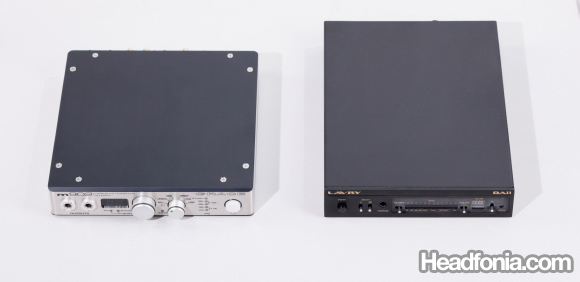
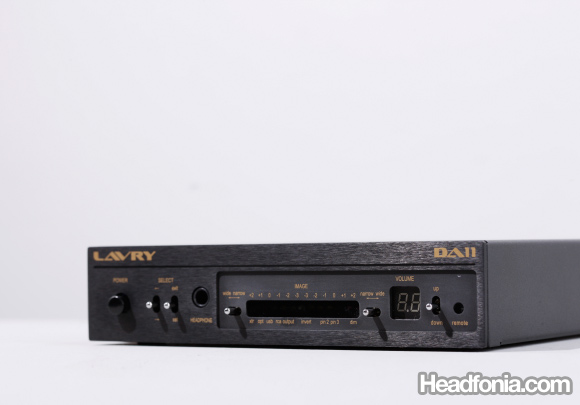
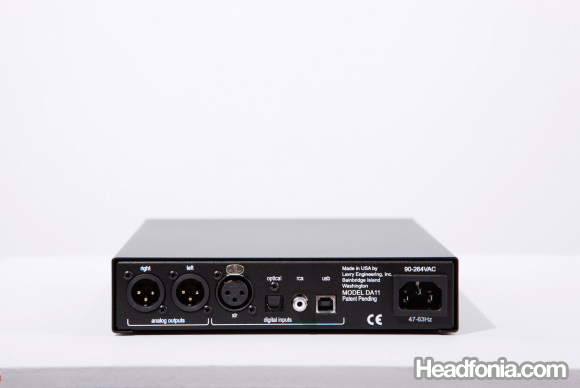
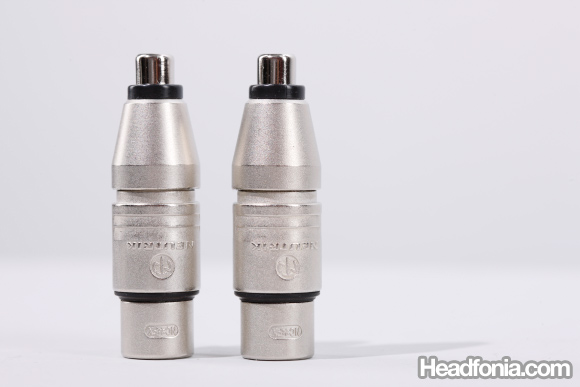
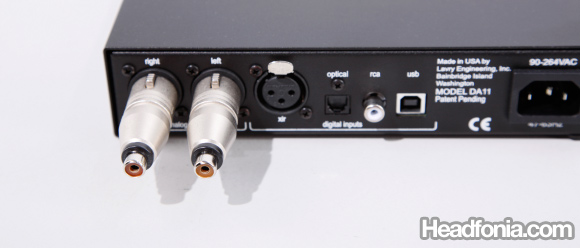
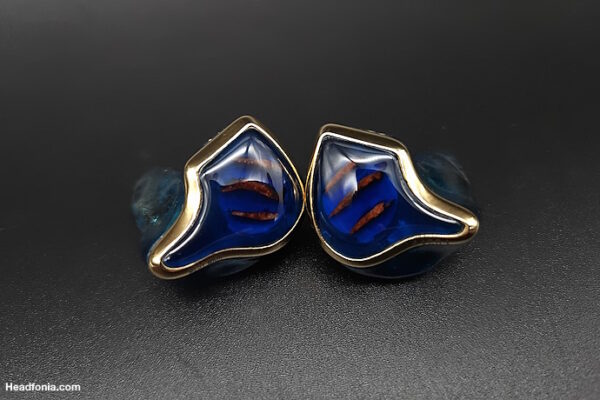
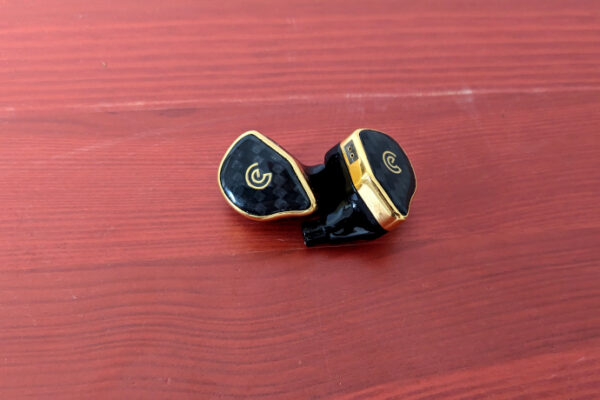
Tiago
Mike,
I own a Lavry DA10 and I've put one sale at head-fi. That's because DA10 runs to loud my JH13 and if I buy an external amp all the cables/switches become a mess due to the limited output option of the DA10 (I use it to run also my monitors Genelec 8020).
Once I sell my DA10 I plan to buy a new DAC, preferable a combo DAC/amp. One option is the DA11 because I know it runs JH13 at a normal volume, but not convinced.
Please, could you point my out one or several DAC or DAC/amp in the range $1200-2000 with excellent sound quality (same level or better than DA10) ?.
Thanks a lot.
Mike
Hi, Tiago, I am quite inexperienced in DAC/Amp combinations on that budget. You can try the Lehmann USB linear perhaps, or the new upcoming Burson HA-160D (Burson HA-160 with built in PCM1793 DAC). If you like the precise sounding Lavry, then the Lehmann should be a good fit. But I personally have never compared the two.
The Grace m902 has a great amplifier section, but its DAC section is quite old.
Tiago
Thanks Mike,
I'll take a look at the Lehmann USB and Burson HA-160D.
Tiago
BTW, Mike, do you plan to do a review of the Burson HA-16OD?.
Thanks.
Mike
Yes, I'm getting the amp sometimes next week or two. I won't have a Lavry to compare it to, though.
Tiago
Do you know whether the amp section of the Burson HA-160D is the same as in the Burson HA-160?. Thx.
Mike
It's the same as HA-160, but Burson says they have improved it somehow. Now I remember that I had used the JH16 with the HA-160 with good results. The HA-160 comes with two output ports, one low gain, the other high gain.
USAudio
"I also tried the amplifier section with the high-impedance HD650 and while it lacks the voltage swing to control the HD650 as well as dedicated amplifiers do, the performance is definitely well above average."
I've seen comments like this before and specs aren't everything of course but unless I'm reading them incorrectly, the specs seem to indicate the DA11 headphone amp has plenty of oomph.
Per the DA11 manual and confirmed in a thread on the Lavry forum, the DA11 outputs 17.36 V p-p unbalanced and 34.72 V p-p balanced. Peak headphone level is 18dBu at volume setting 56.
http://www.lavryengineering.com/white_papers/DA11… http://www.lavryengineering.com/lavry_forum/viewt…
Whereas, for comparison:
The HeadAmp GS-X ($2500) outputs 15 V p-p unbalanced, with a peak gain level also of 18dBu: http://www.headamp.com/home_amps/gsx/index.htm
Mike
Thanks USAudio. I think you're right. I'm gonna edit-out that section of the review.
USAudio
Hi Mike,
I forgot to mention in your post how much I enjoy reading your site, good stuff! Please keep up the excellent work in support of our hobby!
Thanks!
USAudio
Mike
Thanks, USAudio. I was wondering about your nick, is that a company name or something?
USAudio
It’s just a combination of USA + Audio, but it also does reflect that I do make an effort to seek out US-made products where possible. However I do buy non-US-made products where I feel they are clearly superior, such as my HD800’s. That may be short lived though as I currently have my eye/ears on the Audeze LCD-2 … hopefully some day I will get a chance for a listen. 😉
Lavry Techsupport
“As far as I/O option goes, the DA11 offers USB, coaxial, optical S/PDIF
and XLR inputs though the last option is not balanced.”
If you are implying that the XLR input is not “balanced;” this is not correct. As per the AES3 standard, this input is transformer coupled and therefore the digital audio equivalent of balanced (differential). This is why you can use the male version of the XLR to RCA adapters we include for the XLR audio outputs to connect a second RCA digital source to the XLR input without concern for the connection being effectively “unbalanced” by the adapter connecting Pin 1 to Pin 3 internally.
Mike
I am sorry, I think Brian who did this review may have had some of the facts inaccurate.
Lavry Techsupport
“On the grand scheme of things, the Lavry DA11 belongs to the Black
series which is the entry-level line in Lavry converters with Blue being
the middle and Gold being the high-end series. The converters in the
Black series are thus more suited to home (read casual audiophiles) use
as opposed to its more sophisticated Blue and Gold brothers which are
more professional-oriented.”
This is also not entirely accurate. The “quality of conversion” of the LavryBlack and LavryBlue is very similar and if you compare the LavryBlue 4496-12 with two channels of AD and DA conversion; the price is very similar.
The LavryBlue was designed as a modular system for multichannel applications in recording. Due to the quality of the conversion, many pro users including smaller Mastering studios use “minimum” configurations such as 2 channels of AD and DA for stereo work or recording critical tracks during overdubbing. But the design incorporates limited range multi-turn trimmers for level calibration and the DA converter has one input (more suited to studio applications).
The LavryBlack series began with the DA10 and has grown to include AD conversion and microphone preamplifiers. The main difference between the ‘Black and “Blue series is that Black series are stereo units which has more features like a front panel Volume control, headphone output and multiple inputs. They were designed with high end HiFi use in mind.
Part of the reason why so many of our customers are satisfied with our LavryBlack converters after trying many other brands is that they are not “entry level” in their performance. This is also why LavryBlack DA’s are also used in professional recording and mixing applications worldwide as the reference playback converter.
Mike
Thanks for clearing that up for us, Lavry.